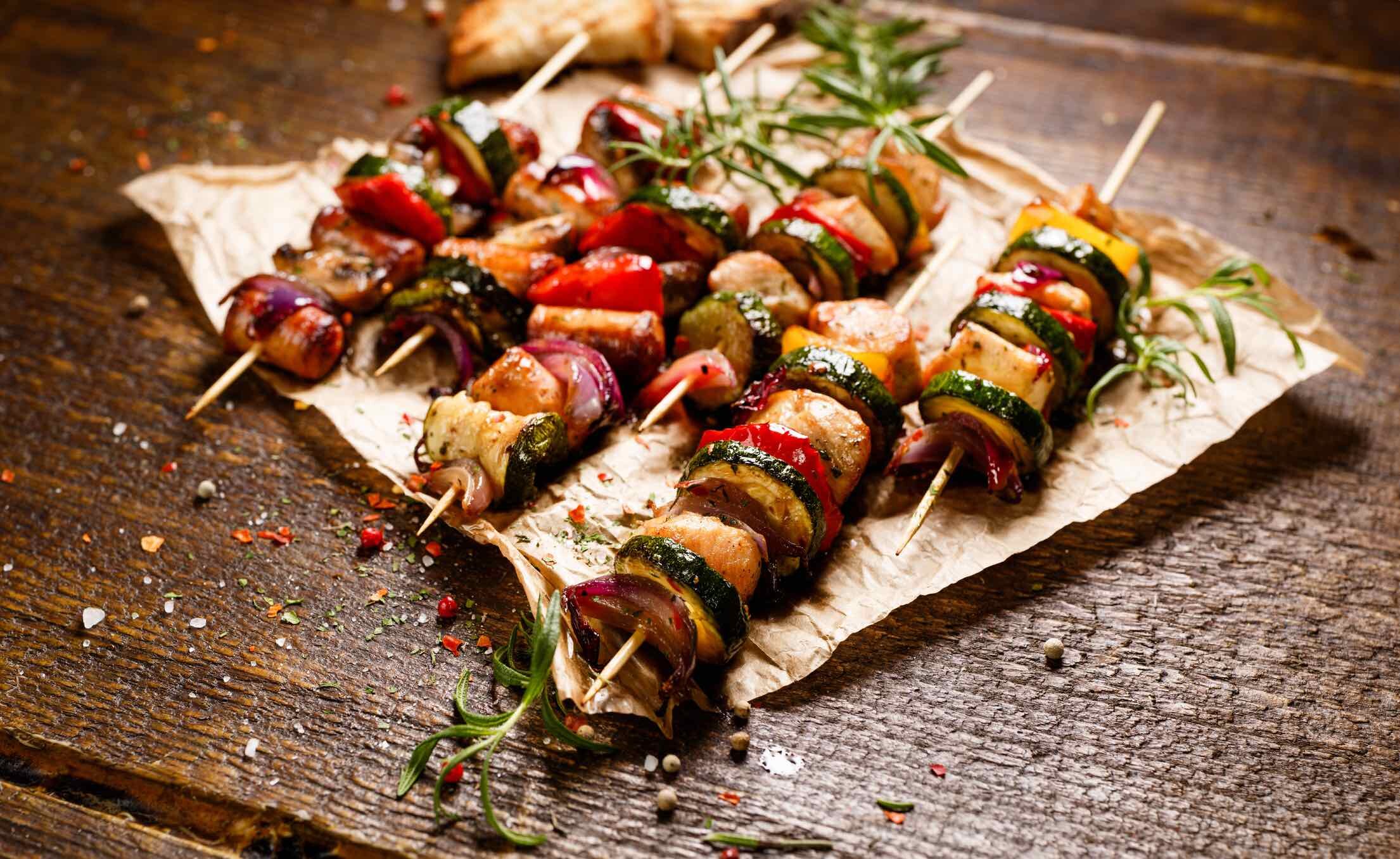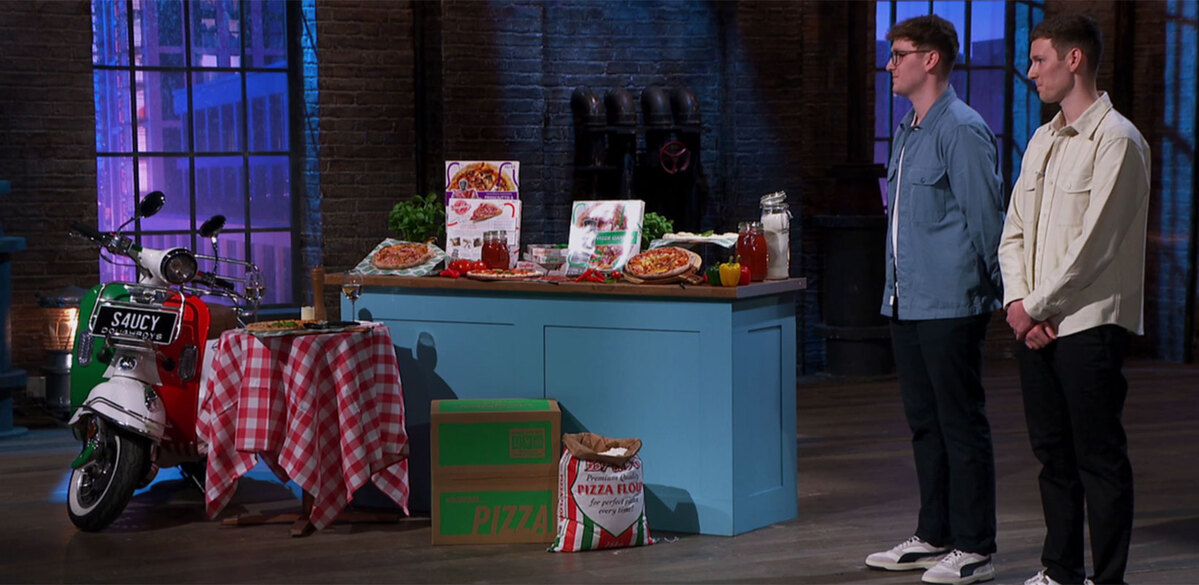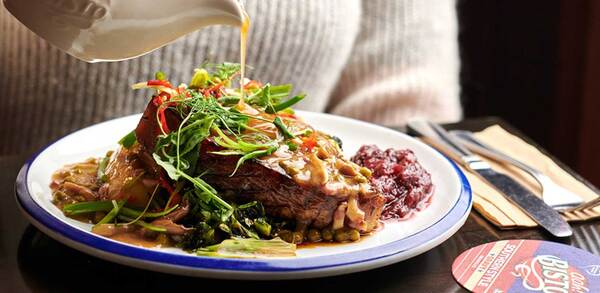Spice world: jerk chicken, frickles and cheat's chilli
It’s lunchtime in Deptford and there’s a sizeable crowd enjoying the summer warmth outside Mama’s Jerk. You can smell why. The unmistakable aroma is emanating from a grill at the back of the restaurant, which is situated in an old railway arch. On offer are rotis, burgers, salads, ‘Biriyardis’ – their version of a biryani – and vegetarian bean cake, plus drinks and a few seats. It’s simple, but it works.
Jamaican food, particularly jerk chicken, has long been a part of life in south London, as well as other cities throughout the UK. It’s delicious and keenly priced. But now, this food is beginning to make a mark on high streets beyond its heartlands in the guise of brands such as Turtle Bay and the Rum Shack.
“Caribbean food is growing,” says Mama Jerk’s founder and owner Adrian Luckie. “And there are a lot of really fantastic operators and innovators out there coming up with some really good things.”
Luckie, who has outlets in Brixton, Canary Wharf and Deptford, hopes to join them. “I’m in discussions with a couple of people who possibly want to invest in Mama’s. It would be smaller versions of our site in Canary Wharf, which is very lunchtime-orientated, grab-and-go, quick service. There’s a gap in the market.”
In a catering market that has never been so interesting nor, to judge from Jamie Oliver’s recent comments, so treacherous, it’s a bold move. But Luckie is right: the signs are good and there does appear to be a gap in the market. British diners seem to have an insatiable desire for different options – so why wouldn’t they embrace a style of cooking that has been here for decades?
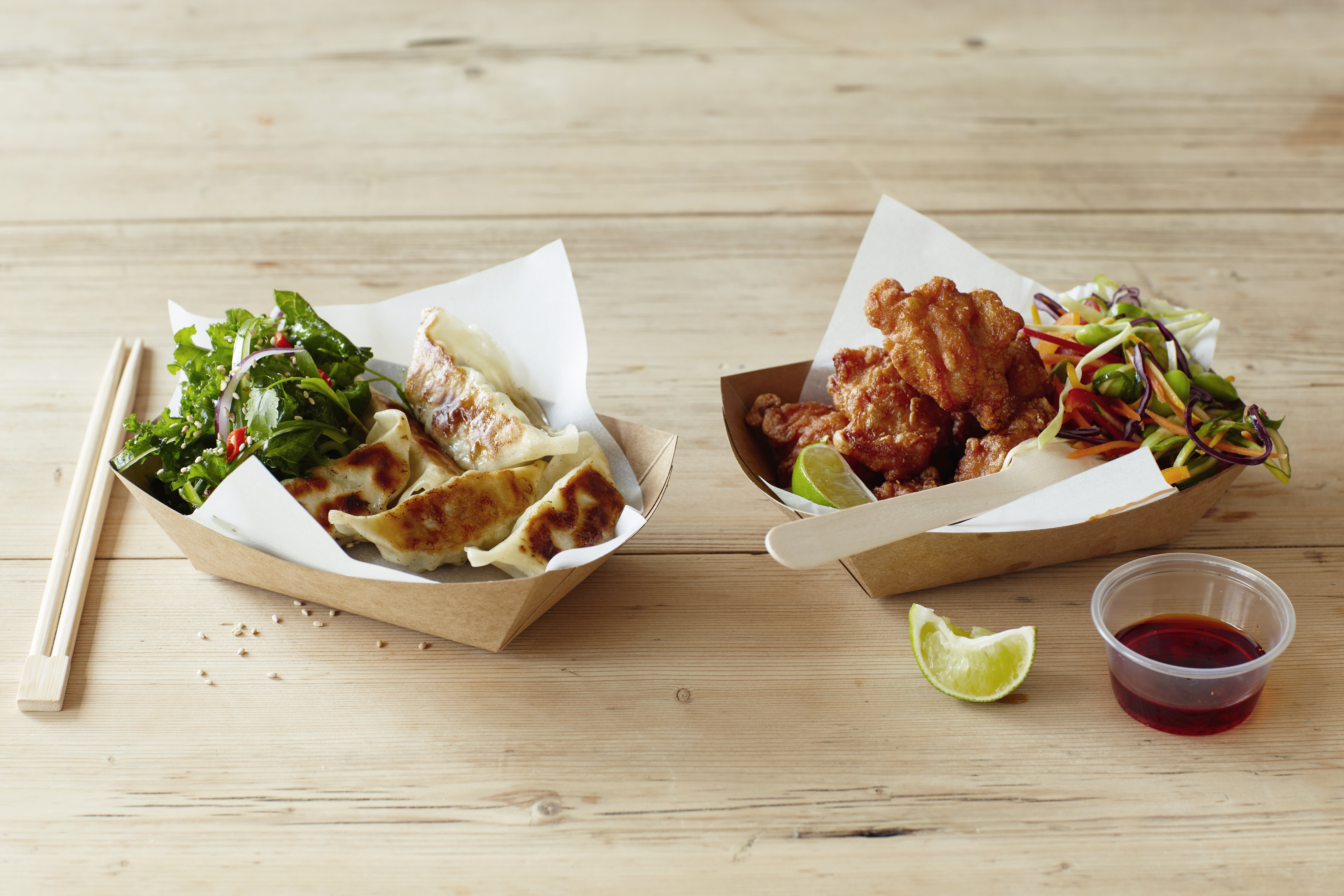
** Jerk goes mainstream**
When Luckie created Mama’s Jerk in 2009, he just wanted a small business that, as he says, he “could earn a little living off.” Now, this former Hotel Café Royal chef, who grew up in south London, is poised to take his vision to the next level. One of the keys to that progress has been his open-mindedness and his commitment to moving jerk into a new arena.
“I wanted to make it really simple. I wanted to differentiate ourselves from a Caribbean takeaway shop, where you’ve got the classic foods,” he says. “I didn’t want to be another version of that, so I decided to do wraps and salads, but with my grandmother’s secret recipe, so it has that authentic flavour.”
The wraps are made with roti, the rice dishes – the Biryardis – are a Jamaican form of biryani, and Luckie has always been committed to having a vegan option on the menu, in the form of the veggie bean-cake wrap: “Having a vegetarian option is vital. If there’s a group of you going out and someone is vegetarian, they’re not going to go somewhere where there’s nothing for them.”
Such is the popularity of the dish, another vegan choice has now been added: “We’ve started doing vegan soya: it’s basically soya that is seasoned up and then added to our other products, like our wraps, our Biriyardis and salads. It’s definitely vital to have vegan options, and they do really well for us.”
In a pickle
While jerk is increasingly mainstream, other spice blends are less well known in the UK. EHL Ingredients has added five new spice blends to its Lähde foodservice portfolio: Middle Eastern baharat, panch phoron from East India, a spice mix for Persian ghormeh sabzi, Egyptian dukkah and Japanese togarashi.
“Just a pinch of baharat will add a sweet, smoky flavour to sauces, soups, grain dishes, vegetables and stews, and it can be mixed with olive oil to make a juicy meat marinade,” says Tasneem Alonzo, joint managing director at EHL Ingredients.
“Panch phoron means ‘five spices’ in Bengali and it’s a blend of five seeds – fenugreek, nigella, cumin, black mustard and fennel. The seeds are left whole and can be dry-roasted or fried to bring out the flavours. The blend can be used as a dry rub for meat, fish, potatoes or vegetables, or added to Indian breads and pickles.”
Pickling is another way in which menus can be spiced up. “Dill pickles, sauerkraut, kimchi and silverskin onions have been on the shelves and gracing our burgers for some time, but we are seeing them being developed into a range of different formats,” says Nigel Parkes, marketing director of Creative Foods Europe.
“We recently did a ‘salad trawl’ around London,” he continues, “and found that almost every outlet had a pickled offering, from red cabbage, daikon and garlic to the ever popular ‘frickle’ (deep-fried pickle), and even pickle-flavoured fried chicken!”
Japanese food is known for its delicious pickles, among many other things, including gyozas – pan-fried, filled dumplings. Ajinomoto, Japan’s favourite brand of gyoza, is now available in the UK in six flavours: chicken and vegetable, pork, duck, prawn, vegan five-vegetable with spinach pastry and one sweet flavour, apple. They’re very easy to prepare, according to Jessica Davies, communications manager at Ajinomoto Foods Europe.
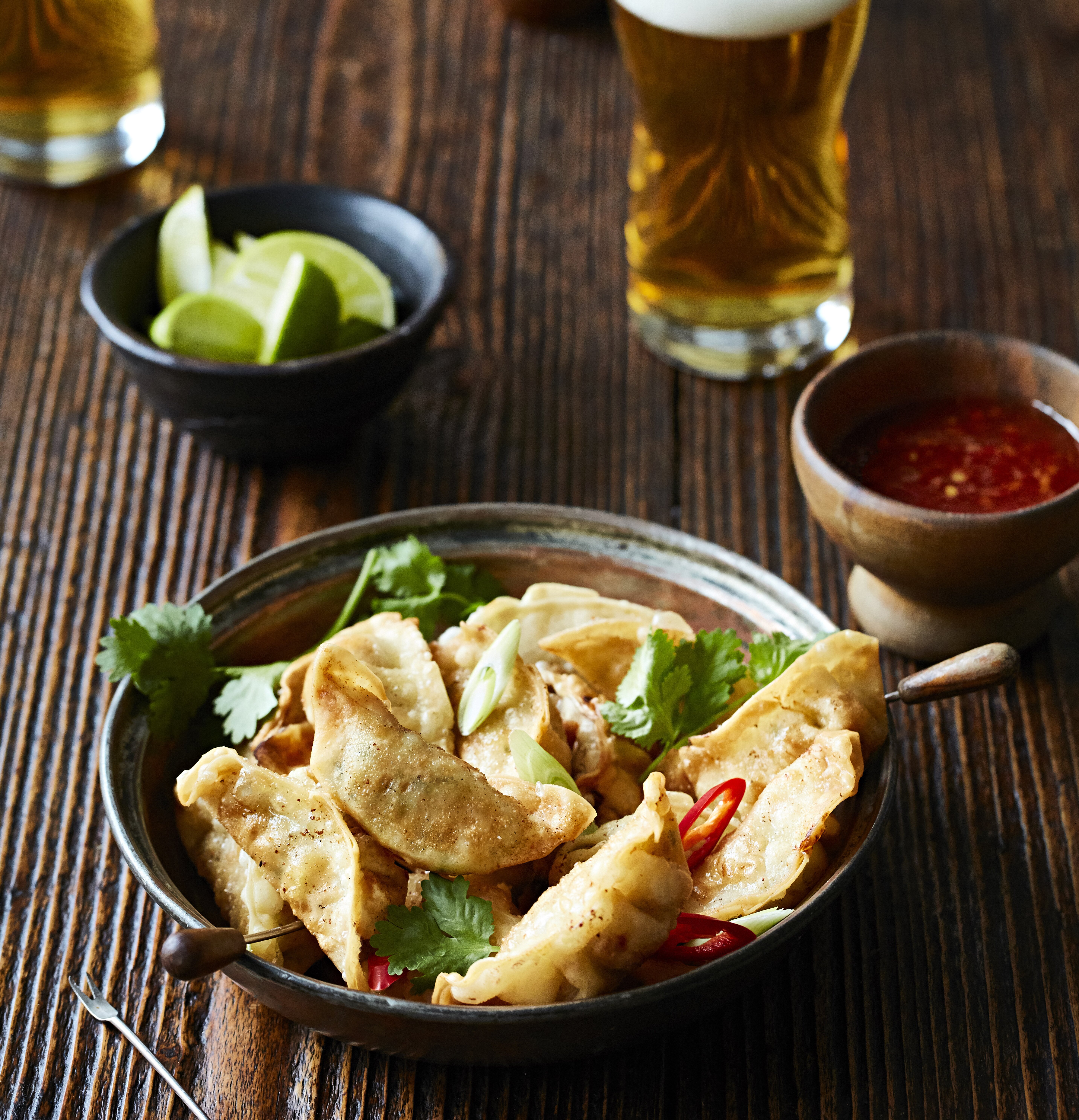
“The versatility and ease of gyoza means that single, couples and large groups of diners can be catered for with just a change of serveware,” she says. “Plated with a light salad, soy sauce or sweet chilli, restaurants can introduce a range of authentic, global flavours without the need for any extra equipment or training, for dining groups of any size.”
The real deal
Brindisa is well known to those who love Spanish food. James Robinson, product training manager at Brindisa, believes customers are increasingly drawn to authenticity – a notion that, he says, drives everything the company does. This includes its bestsellers, Spanish meat and charcuterie, and its growing seafood range, which has recently been bolstered by a new addition: Nortindal cuttlefish ink, available in a 500g jar for caterers.
“It has been made in the Basque country by the same small producer for some 50 years,” he says. “It’s an interesting ingredient for rice dishes because it is absorbed into the grains, giving them a deep black colour. It is aesthetically striking when paired with white fish, such as fresh or salt cod, and it is, of course, a vital ingredient for making squid ink risotto.”
McCormick’s latest Flavour Forecast is predicting an upsurge in iced options, which it groups under the banner: ‘Refresh. Replenish. Rehydrate.’ “Our latest Flavour Forecast trend reinvents traditional cooling treats to meet increased craving for bold flavour experiences,” says McCormick executive chef Kevan Vetter. “A chilli-spiced watermelon rosé granita and a blueberry vanilla calamansi (Philippine lime) juice shaved ice are innovative ideas to meet growing online searches for mocktails and non-alcoholic cocktails.”
Old favourites, new ideas
There are plenty of classic options for chefs seeking a straightforward solution. Uncle Ben’s has recently added a katsu curry sauce to its range, while Lion Sauces’ latest innovation is a selection of ‘restaurant-ready’ Indian sauces, including an Indian-spiced lemon dressing and an aromatic baste and marinade.
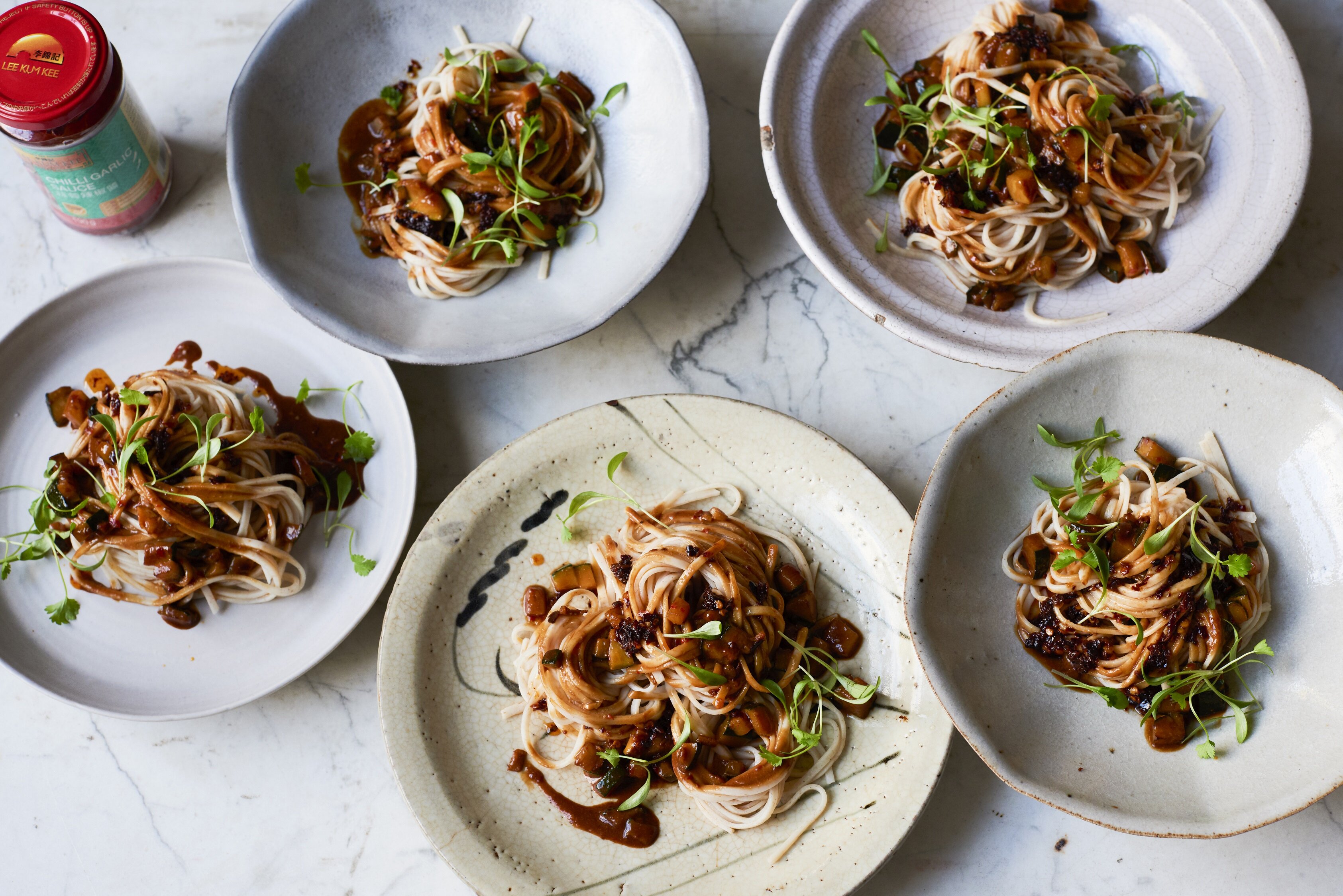
The continued popularity of Chinese food, meanwhile, has seen rising sales for Lee Kum Kee’s chilli sauces: chilli garlic paste, Cantonese sweet chilli sauce and chiu chow chilli oil. The company recently carried out some research that demonstrated that while Chinese choices were popular, there was still plenty for diners to be introduced to. East Asian cuisine is extremely popular, with four out of five consumers eating it out of home; however, 46% of consumers had not heard of glass noodles and 26% had not tried char siu sauce.
For the grab-and-go market, Cofresh has launched a range of ‘street food’ mixes and bars in four flavours – hot and spicy, sweet and fruity, aromatic and smoky, and sweet and salty – plus two bars based on the brand’s Bombay mix and, available in original and sweet and salty flavours.
All that spice calls for something to cool it down. Jon Body, national account manager, foodservice at Futura Foods, suggests Yamas yogurt. “The beauty of this product and others in the Yamas range is that while they are classically Greek and Cypriot, they have the versatility to work across menus, complementing all manner of cuisines from breakfast bowls and salads, sandwiches and veggie skewers to burgers, dips and beyond,” he says.
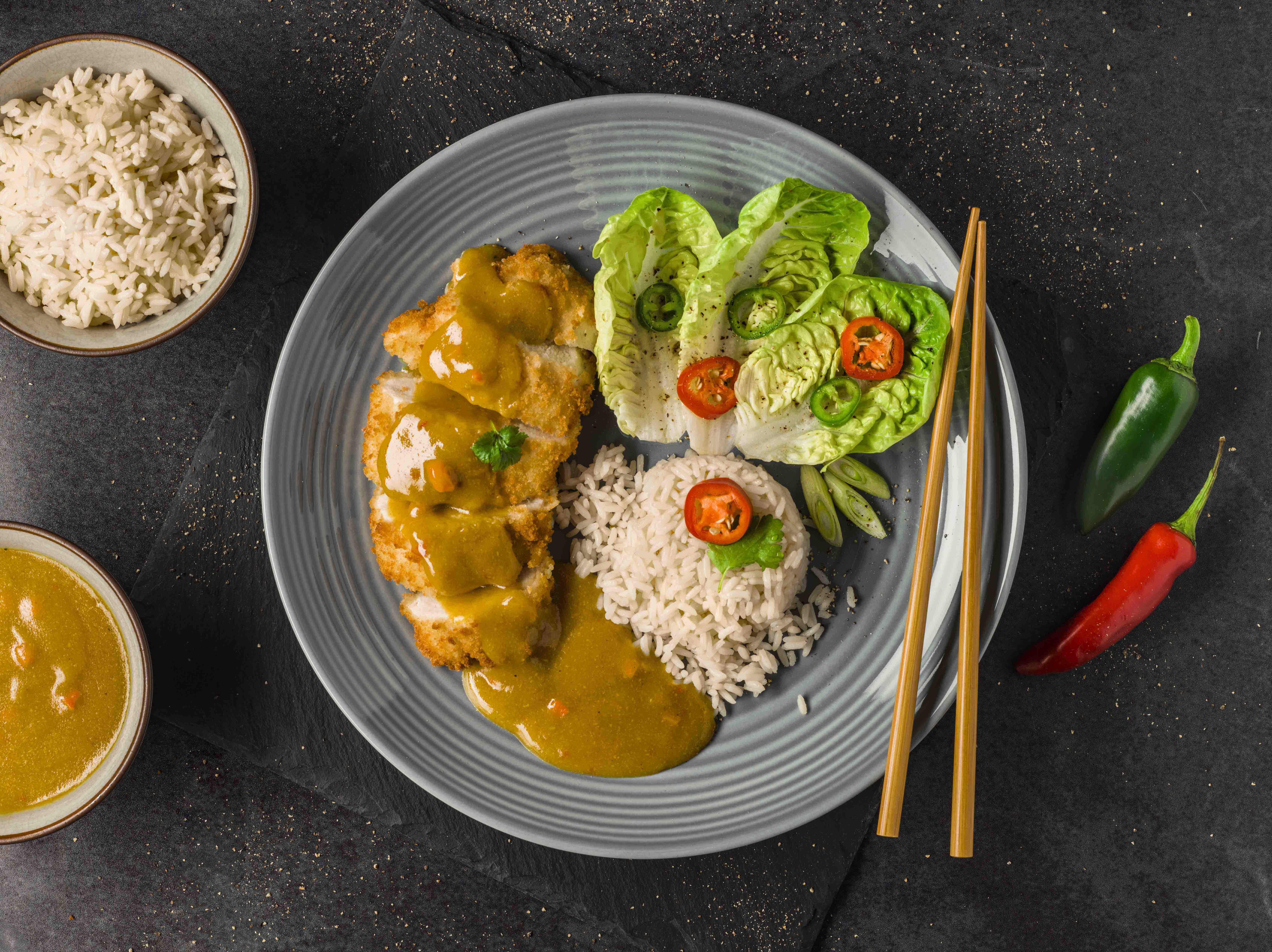
Authenticity is where it’s at, which Luckie knows only too well, but he also acknowledges that a bit of innovation doesn’t hurt, either – his Biryardi demonstrates that. When asked how the dish came about, he says: “We used to have a little stall in Camden Market and I was hungry! We were doing normal rice and peas with jerk chicken and I asked the guy on the grill – ‘Look, just put it all on the griddle.’” Soon, eaters all over the country may get a chance to judge it for themselves.
Suppliers
Ajinomoto Foods Europe www.ajinomoto-europe.com/en
Brindisa www.brindisa.com
Cofresh www.cofresh.co.uk
Creative Foods Europe www.creativefoodseurope.eu
EHL Ingredients www.ehl-ingredients.co.uk
Futura Foods www.futura-foods.com
Lee Kum Kee www.uk.lkk.com
Mama’s Jerk www.mamasjerk.com
McCormick www.mccormick.com
Uncle Ben’s www.unclebens.co.uk



